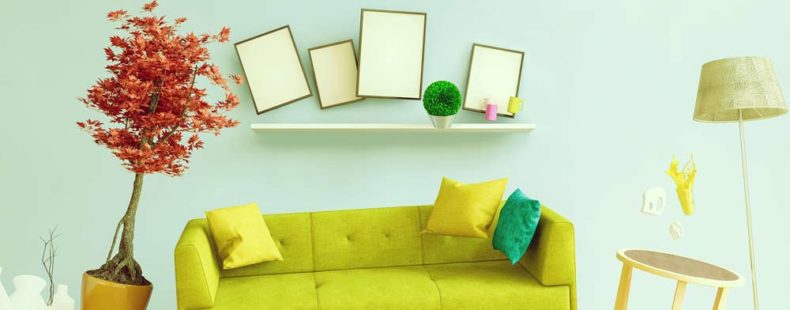Background of the Room
Are you ready to talk furniture? Whether yours is beautifully antique, handily thrifted, desperately-purchased-when-you-realized-you-had-nothing-to-sit-on, or of any other furniture variety, you have it. And if you’re a word lover, you can class up the joint and maybe even impress a few guests with some detailed knowledge about your stuff! Or the stuff at that fancy hotel you try to stay in once a year. To help you get started, here’s a list of 23 fabulous terms to describe furniture, and many other items of decor you might have.

























